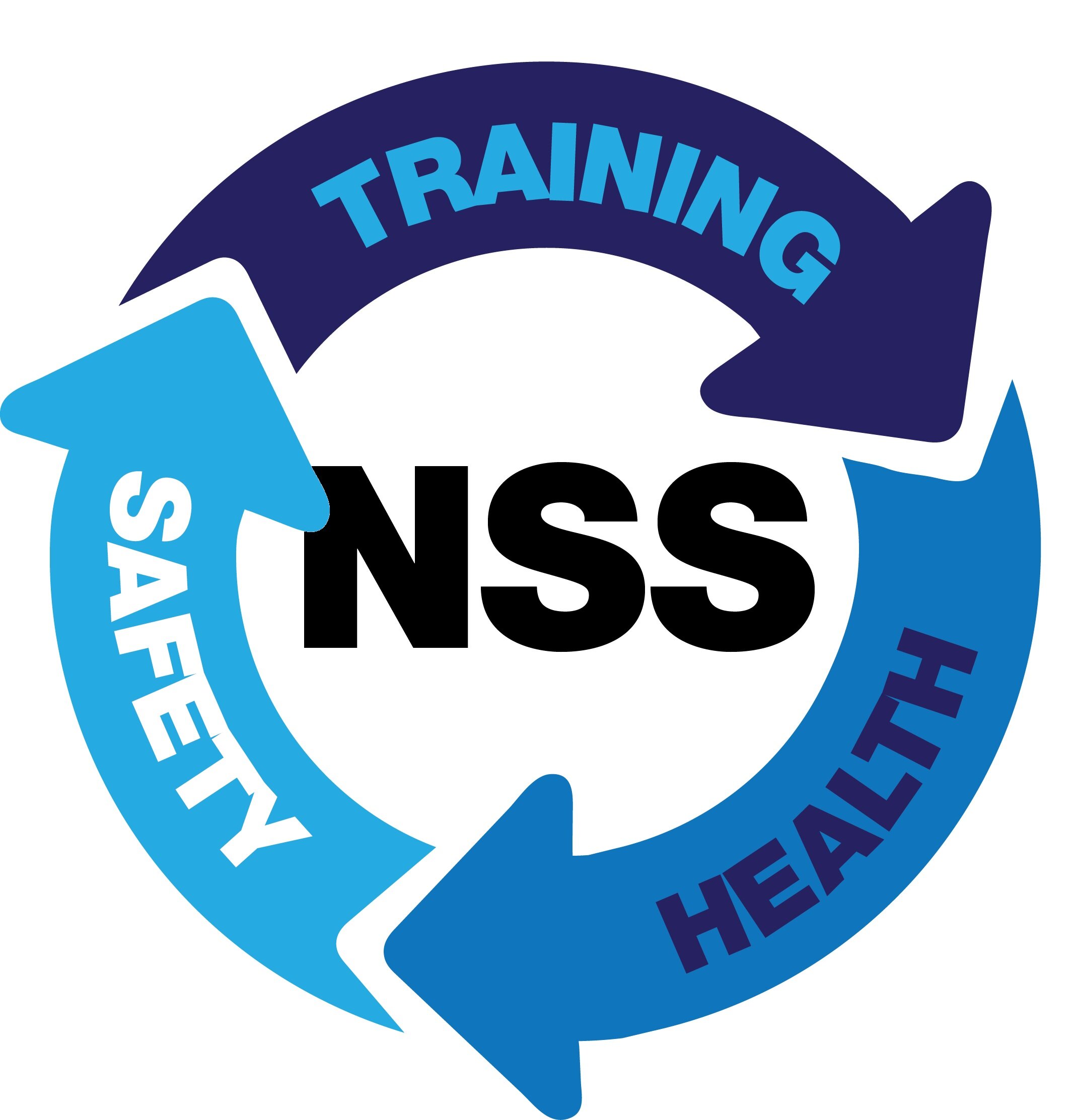7 Things You Must Know When Working at Heights
Falling from heights is one of the biggest causes of workplace injuries and deaths, with the construction industry accounting for 27 per cent of all related injury claims. When working at heights, it is important to plan ahead, starting with being training competently. Working at heights poses safety risks, and people should consciously take safety and protection measures to prevent accidents and injuries.
As the above image shows, 56% of fatalities from falls are due to falling from 3 meters or less, therefore ensuring that you distinguish and eliminate all risks, even from a lower height, is crucial. According to Safework NSW, More than 12,000 workers were injured after falling from a height between 2014 and 2017. 25 died and more than 240 were permanently disabled. These incidents largely happen in the construction, manufacturing, transport, postal and warehousing and agriculture industries.
On June 18, the consolidated Occupational Health and Safety Regulations 2017 came into effect. Prevention of Falls is Part 3.3 of Chapter 3: Physical Hazards. The purpose of the regulations is to prevent incidents at workplaces caused by falls, and to prevent or reduce injury resulting from those falls.
Back In The Day
There are some incredible images and footage from all over the world where people are working from heights with no safety equipment. Some of the most famous images are back in the early 1900’s with the building of New York City. When you look at these images, you can imagine the amount of falls that would have occurred.
What You Must Know
With the above information in mind, I have put together a list of 10 of the most important things you should know before starting work at heights.
Always avoid working at height wherever possible. If you don’t have to work at heights, don't. Working from the ground is obviously always going to be the safest option. During the design-phase of the project, the designers should be looking for alternatives to working at heights.
Be trained - Training is so important when it comes to anything, especially dangerous jobs such as working at heights. Ensure that everyone involved in working at height is properly trained and competent.
Distinguish the risks and eliminate - Don’t underestimate the risks. If you cannot eliminate the risk of a fall, use the most suitable equipment or take other measures to minimise the distance and consequences of a fall. Always equip yourself with the appropriate safety equipment when working at heights. You do not have to be standing on really tall buildings before you should even think of safeguarding yourself. In fact, more accidents happen when people are at two meters high than when they are at 20 meters and above. Lower heights can make you feel safer so you underestimate safety risks, but don’t let this fool you!
Always plan ahead - I love the 5 P’s - Proper Planning Prevents Poor Performance. Make emergency preparations - in case of an emergency, ensure that all workers understand the procedure and you, yourself understand what to do too.
Be aware and prevent falls - If you must work at height, do everything that is reasonably practicable to prevent anyone from falling. When working near a fragile area, be aware of the damage and perform a risk assessment.
Prioritise - During your planning process, prioritise what is most important to do first through to the least important.
Choose the right safety equipment - The work-at-height market is teeming with varied safety equipment. Before you even make a purchase, determine what your situation is like and the nature of your activities. Ask questions such as:
What is the type of work to be done?
What type of building do you need to work on?
How many people are working at height?
Inspect and use equipment properly and always keep it in safe, working order. Sometimes injuries and accidents happen because people do not really know how to use their safety equipment. There are pieces which they do not know how to fasten or some are installed incorrectly. If you have to work from a height, you need to manage the risk of a fall. A fall-prevention device is best because it will prevent your workers from falling. Examples include temporary work platforms, guardrails and scaffolding. All help to keep you safer when working at heights.
At National Safety Services, we offer Working at Heights training. This training is standard for those required to undertake safe working practices when working at heights or depths. The training program covers the work requirements, work procedures and instructions for the task, accessing and installing equipment. More information about our Working at Heights courses can be obtained here.
References:
Image infographic sourced from https://fallprotectionxs.com/infographics/
Image 2, 3 & 4 sourced from https://www.pinterest.com.au/sharonandrews/working-at-heights/
Safework NSW, https://www.safework.nsw.gov.au/


